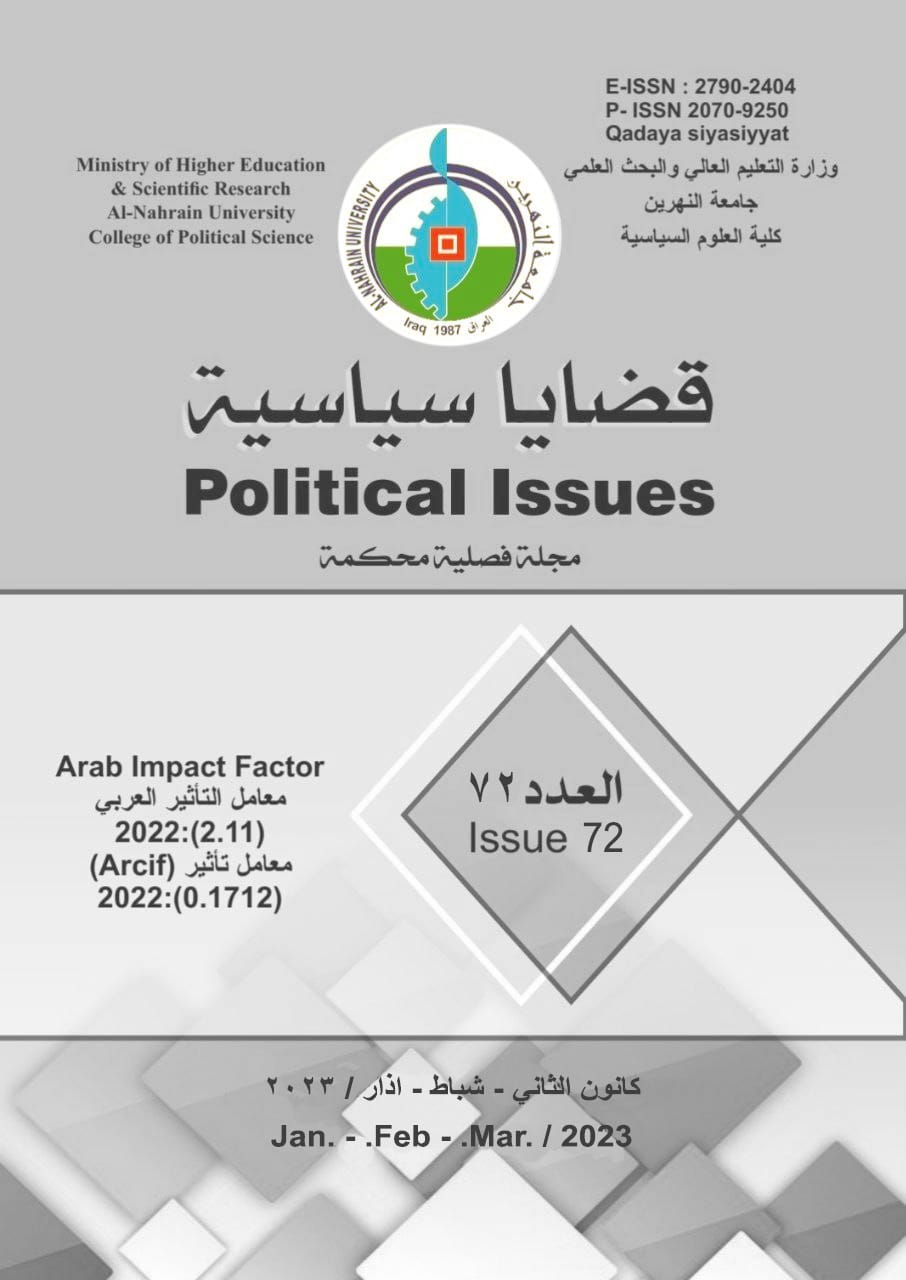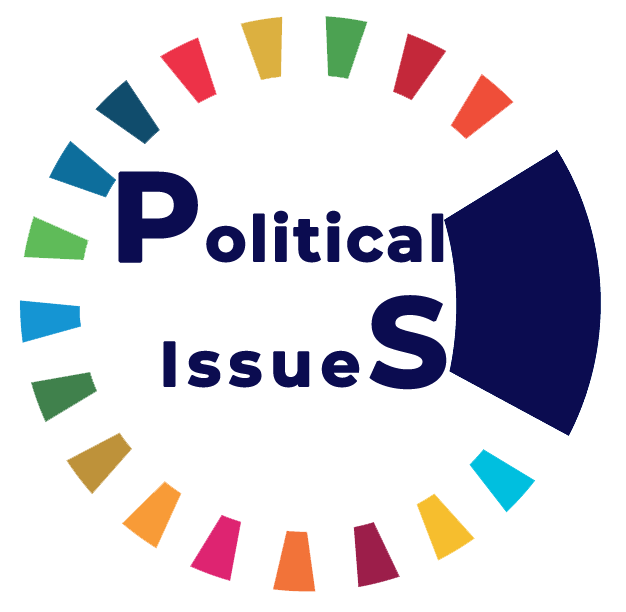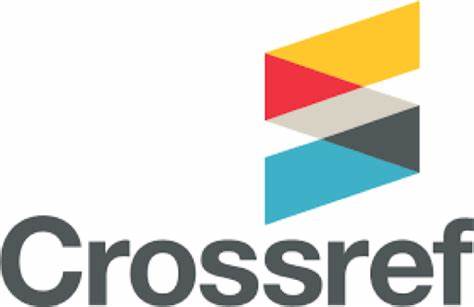The role of the pillars of the Afghan economy in its international relations
DOI:
https://doi.org/10.58298/2023351Keywords:
Afghanistan, International relations, Pakistan, The Economy's Concentrations, United StatesAbstract
In the twenty-first century, the geography of change has become widespread with the fragility of the ruling strategy of change. Afghanistan today is more like a corridor, at which Asian roads intersect, where South Asia, Central Asia and West Asia meet, and it can be the main corridor for these three regions, as it is located at the crossroads between the Middle East, Central Asia and the Indian subcontinent. What Afghanistan provides in terms of communication opportunities between Asian regions can open many economic opportunities for many countries of the world, whether in the field of energy transfer. Afghanistan has already adopted such projects, as the Taliban's control of the country did not prevent them from negotiating with the company ((Unocal)), Regarding the management of the Turkmenistan-Pakistan pipeline: Turkmenistan-Pakistan-India (TAPI), the Otape pipeline is intended to transport gas from the Caspian Sea within the scope of a modern continuity of the Silk Road, which is scheduled to open in 2018. Afghanistan is a bridge to link the economic interests of the countries of South Asia and West Asia in the region Central Asia and Iran, which is important to understand to explain the international conflict over Afghanistan, because they are countries rich in energy resources, while the countries of Southwest Asia and South Asia (especially Pakistan, China, Bangladesh and India) are densely populated and energy-hungry countries, so they need access to the previous countries .
Additional Files
Published
Issue
Section
License
Copyright (c) 2023 فايق حسن جاسم

This work is licensed under a Creative Commons Attribution 4.0 International License.
This is an Open Access article distributed under the terms of the creative commons attribution (CC BY) 4.0 international license which permits unrestricted use, distribution, and reproduction in any medium or format, and to alter, transform, or build upon the material, including for commercial use, providing the original author is credited.






